Blog & Resources
Maximizing Healing Potential: PRP Injections Vs. SoftWave Tissue Regeneration Therapy
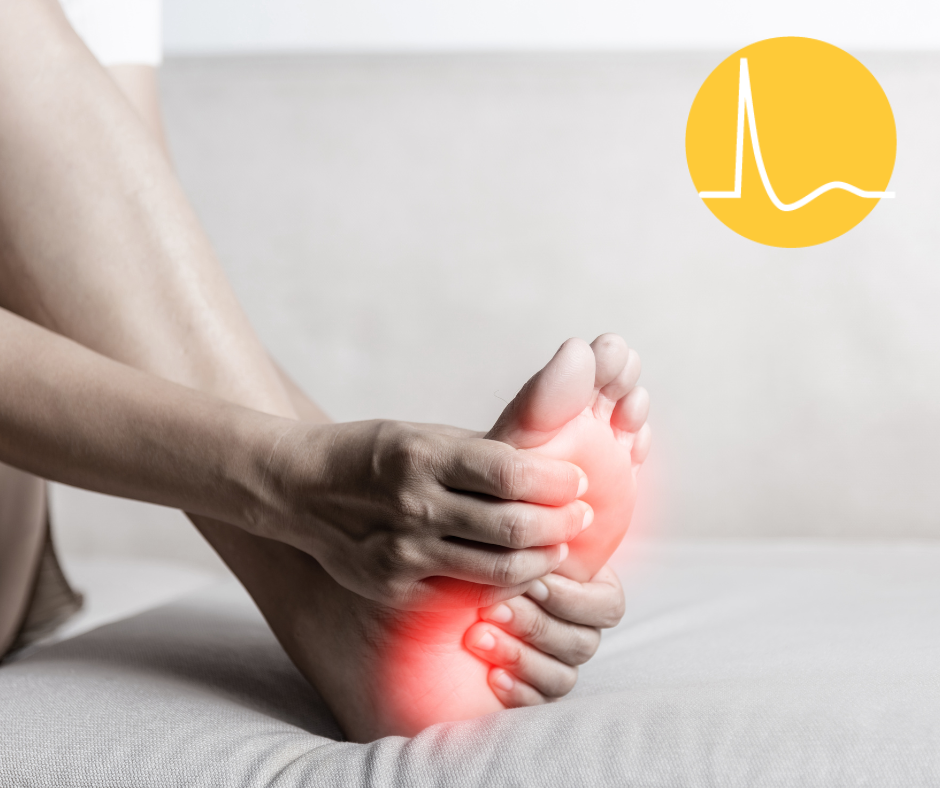
When it comes to regenerative medicine, Platelet-Rich Plasma (PRP) injections and SoftWave Tissue Regeneration Therapy are two powerful contenders. Both treatments have shown remarkable results in promoting healing and tissue regeneration, but they operate on different principles and offer unique advantages. In this blog, we'll delve into the science behind each treatment, highlight their differences, and explore the synergistic effects when combining them, using plantar fasciitis as a prime example.
Understanding PRP (Platelet-Rich Plasma) Injections
PRP is a regenerative medicine technique that harnesses the body's natural healing abilities. It involves drawing a small sample of the patient's blood, which is then processed to separate the platelets and growth factors. These concentrated platelets are re-injected into the injured area, such as damaged tendons, ligaments, or joints.
The science behind PRP lies in the platelets' ability to stimulate tissue repair and regeneration. Platelets release growth factors that promote cell proliferation, collagen formation, and blood vessel formation, all crucial for healing.
The Power of SoftWave Therapy
On the other hand, SoftWave Therapy is a non-invasive treatment that employs electrohydraulic acoustic waves to stimulate the body's regenerative processes. These electrohydraulic supersonic acoustic waves penetrate deep into tissues, initiating a cascade of healing responses.
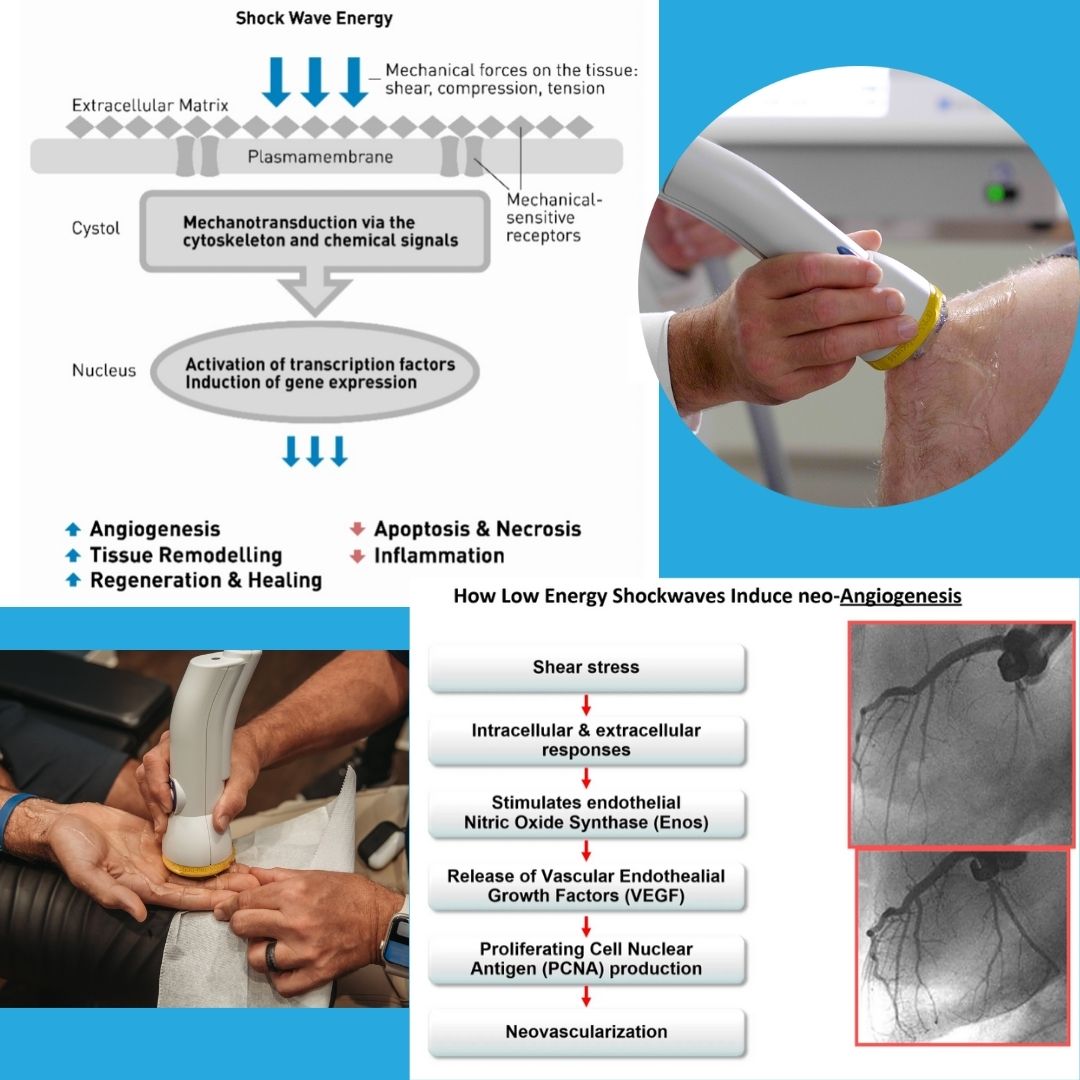
Pain & Inflammation Reduction:
SoftWave Therapy targets and reduces pain through mechanotransduction, a process where mechanical forces are converted into biochemical signals, decreasing inflammation and pain.
Improved Blood Flow & Circulation:
The therapy promotes angiogenesis, which increases blood flow to damaged areas, delivering oxygen and nutrients essential for repair.
Stem Cell Activation & Migration:
SoftWave Therapy activates stem cells, which migrate to the injury site, for up to 12 weeks following the last SoftWave Therapy session, facilitating tissue repair and regeneration for weeks and months to come.
Highlighting the Differences
While both PRP and SoftWave Therapy promote healing, they have distinct differences:
Invasiveness: PRP involves needle injections, which some patients may find uncomfortable. In contrast, SoftWave Therapy is non-invasive, requiring no needles or incisions.
Time and Number of Sessions: PRP typically requires multiple sessions, with weeks or months between injections. SoftWave Therapy usually involves 6-8 sessions, on average, over 6-8 weeks, providing faster results.
Cost: PRP injections can be expensive, as they require laboratory processing of blood samples. SoftWave Therapy offers a more cost-effective alternative.
Synergistic Effects for Plantar Fasciitis
Now, let's consider the case of plantar fasciitis, a common and painful condition characterized by inflammation of the tissue along the bottom of the foot. PRP injections have been used successfully to treat plantar fasciitis by reducing inflammation and promoting healing.
However, SoftWave Therapy has also shown impressive results in treating plantar fasciitis. The acoustic waves target inflammation, improve blood flow to the affected area, and activate stem cells for tissue repair. Importantly, SoftWave Therapy offers a cost-effective solution for patients seeking relief from plantar fasciitis.
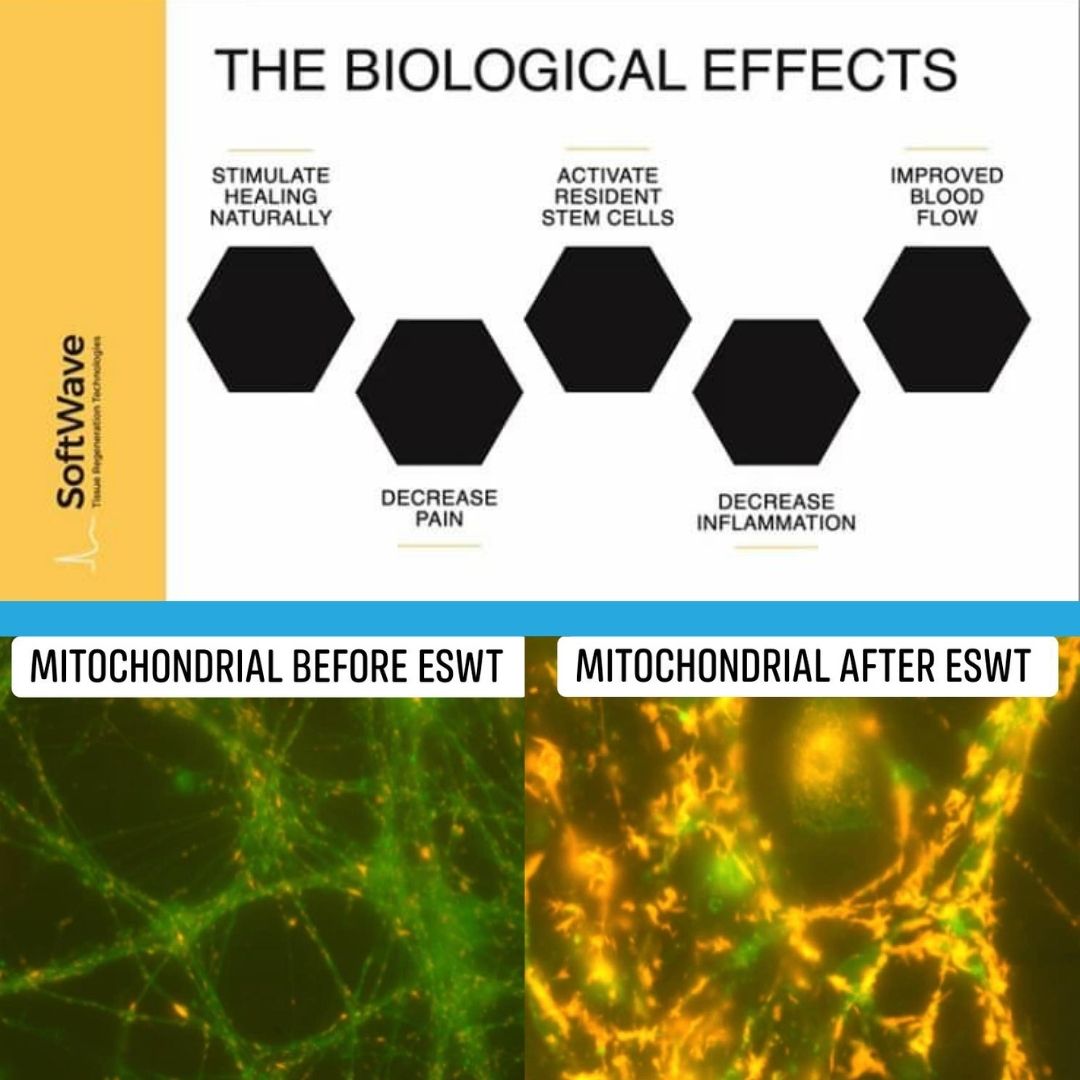
The Synergy of PRP and SoftWave Therapy
While both PRP and SoftWave Therapy can be effective standalone treatments for plantar fasciitis, combining them can potentially yield even better results. PRP injections can accelerate the initial healing process by providing growth factors directly to the injury site. SoftWave Therapy, on the other hand, can continue to promote healing for weeks and months after the last treatment.
What Does the Research Say?
"Conclusion: Both PRP injection and ESWT are very effective methods to improve pain and cause reduced plantar fascia thickness in patients with chronic plantar fasciitis non-responsive to other conservative measures." Extracorporeal Shockwave Therapy Versus Platelet Rich Plasma Injection in Patients of Chronic Plantar Fasciitis: A Randomized Controlled Trial From a Tertiary Center of Eastern India - Cureus. 2023 Jan; 15(1): e34430.
"Conclusion: Here we showed that PRP injections and ESWT are both beneficial in pain amelioration in patients with chronic plantar fasciitis." Platelet-rich plasma or extracorporeal shockwave therapy for plantar fasciitis - Int J Burns Trauma. 2021; 11(1): 1–8.
"This allowed for successful return to running. Both cases highlight how combined ESWT and PRP with a foot core PT progression may be effective in managing plantar fasciitis in running athletes." Jarnagin JJ, McCormack M, McInnis KC, Borg-Stein J, Tenforde AS. Use of combined shockwave therapy and platelet-rich plasma injection for management of chronic plantar fasciitis in runners: two case reports. Dtsch Z Sportmed. 2023; 74: 52-56. doi:10.5960/dzsm.2023.558
The decision between PRP, SoftWave Therapy, or a combination of both should be based on a patient's individual health history, examination findings, and patient goals.
Dr. Sam Camarata at Camarata Chiropractic & Wellness in Rochester, NY, offers SoftWave Therapy treatments for plantar fasciitis. Patients often report ongoing improvements in pain and function weeks and months after completing their 6-8 treatment protocol.
In conclusion, PRP and SoftWave Therapy are both exceptional regenerative treatments, each with its unique advantages. Whether you're seeking a non-invasive, cost-effective solution or considering the synergistic effects of combining therapies, the goal is the same:
Maximize your body's healing potential and get back to a pain-free, active life!
Give us a call! 585-617-4145 or Book an appointment ONLINE HERE for SoftWave Therapy!
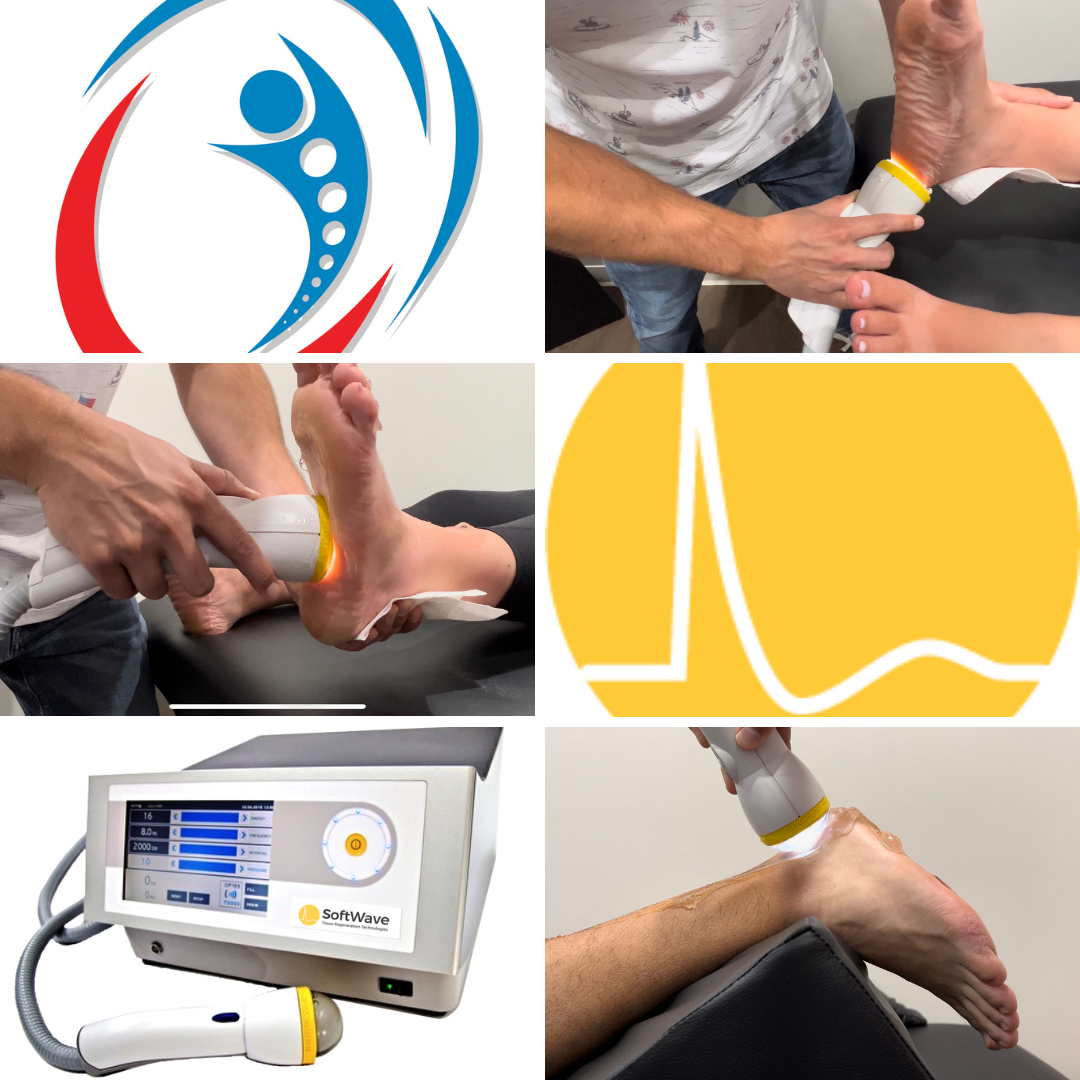
‹ Back



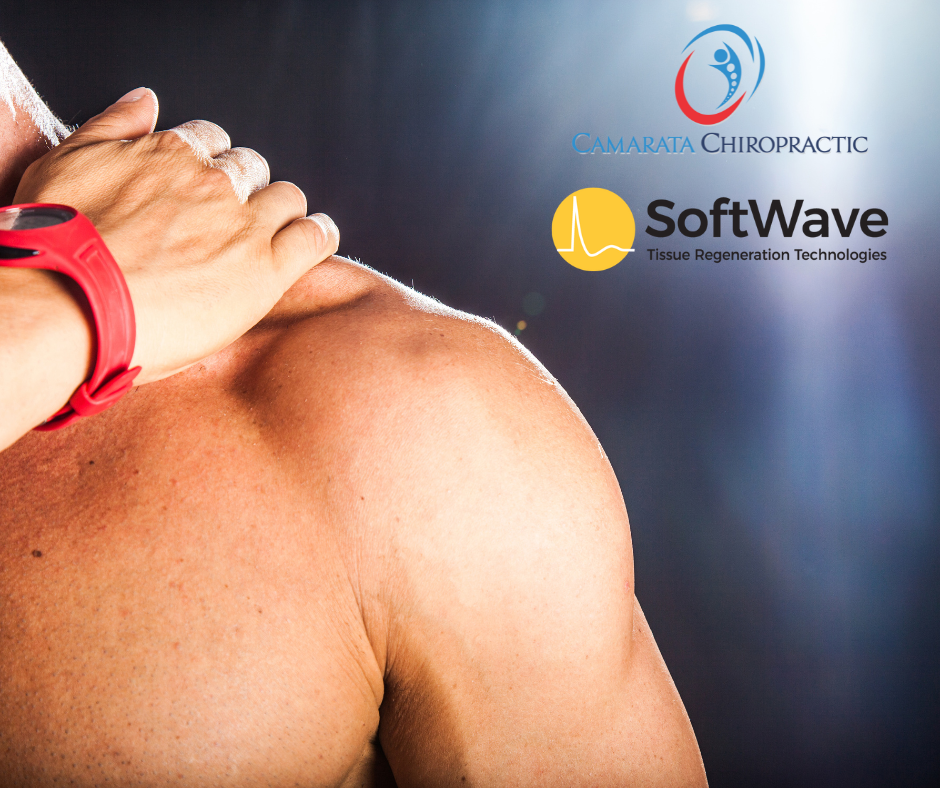
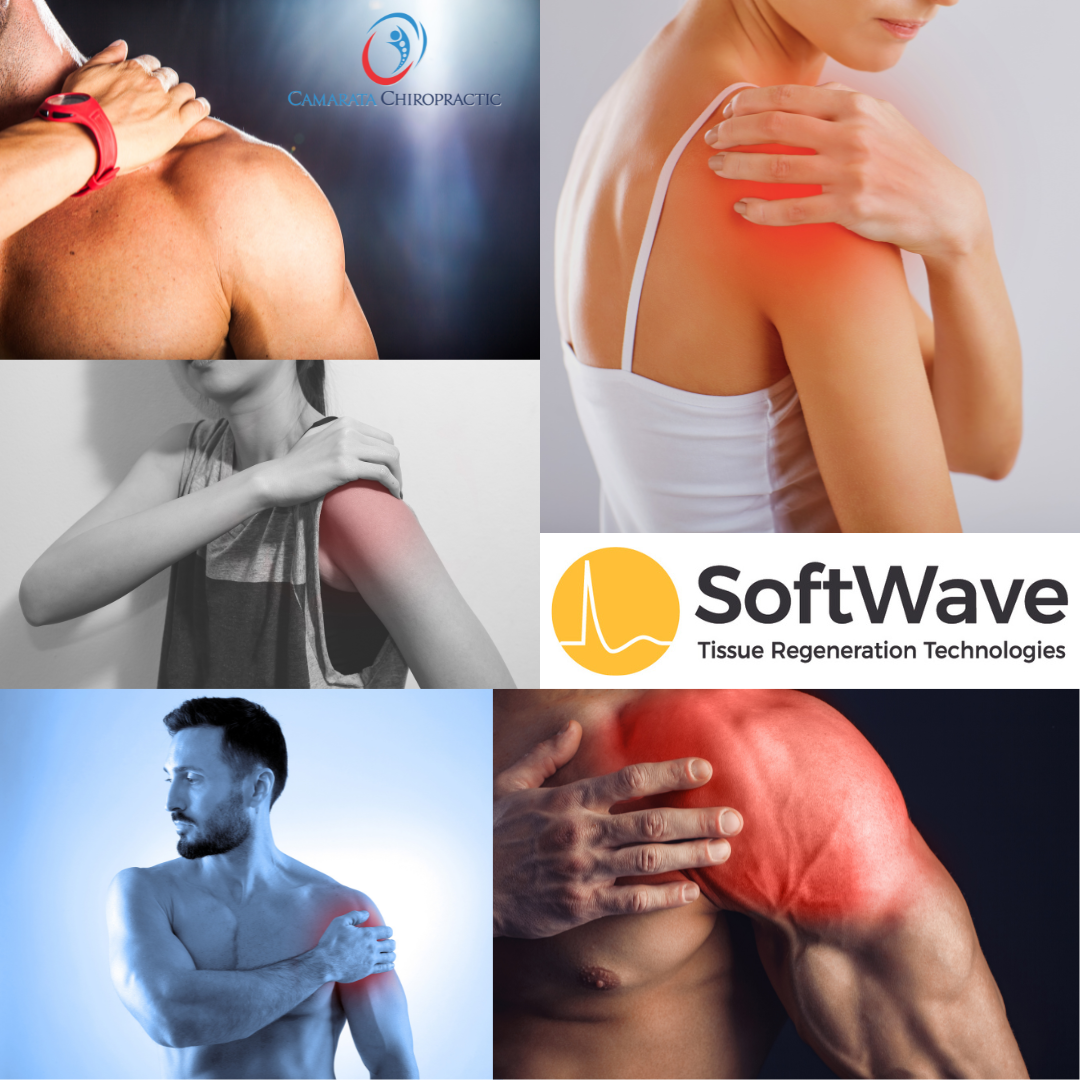
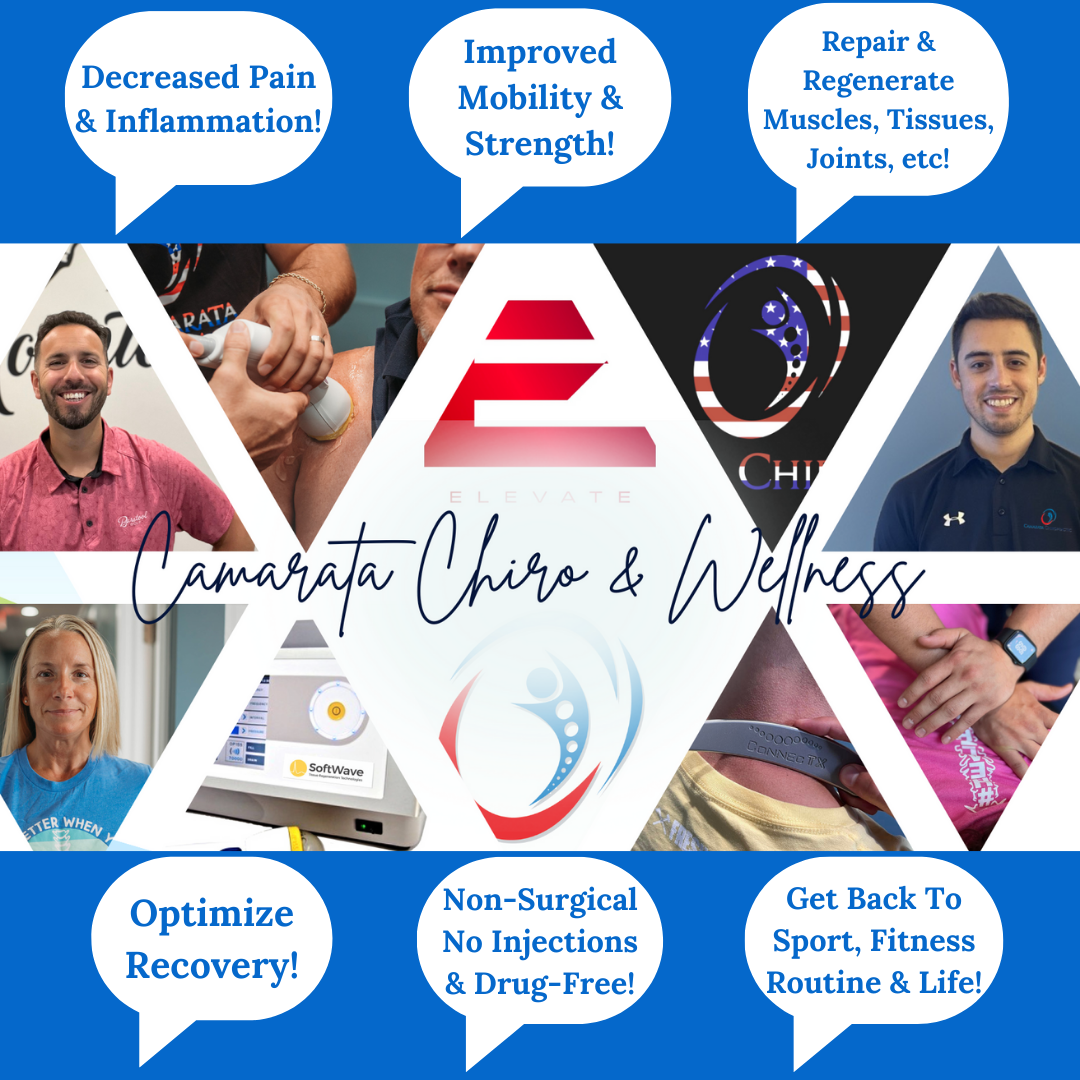
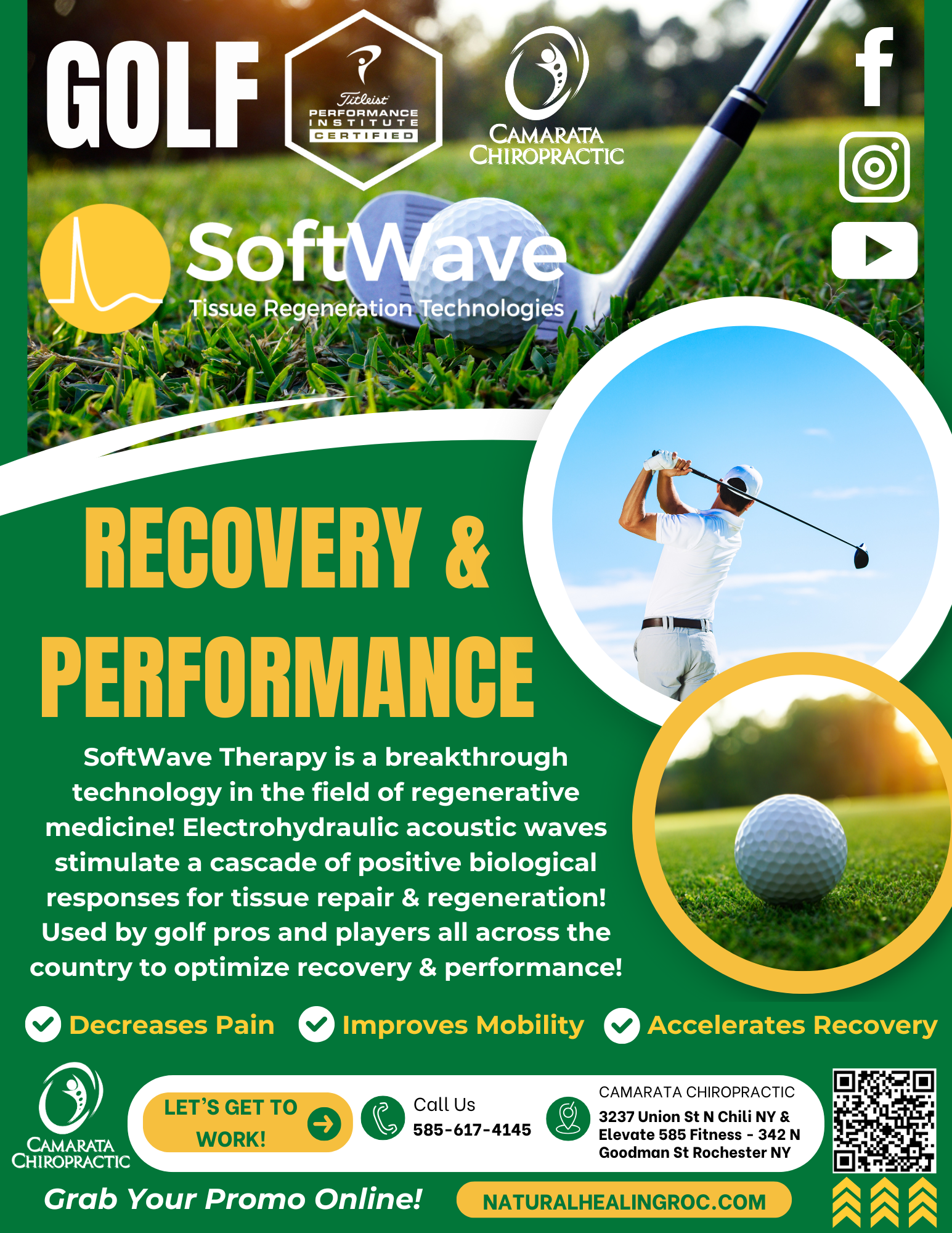

 3237 Union St,
3237 Union St,

